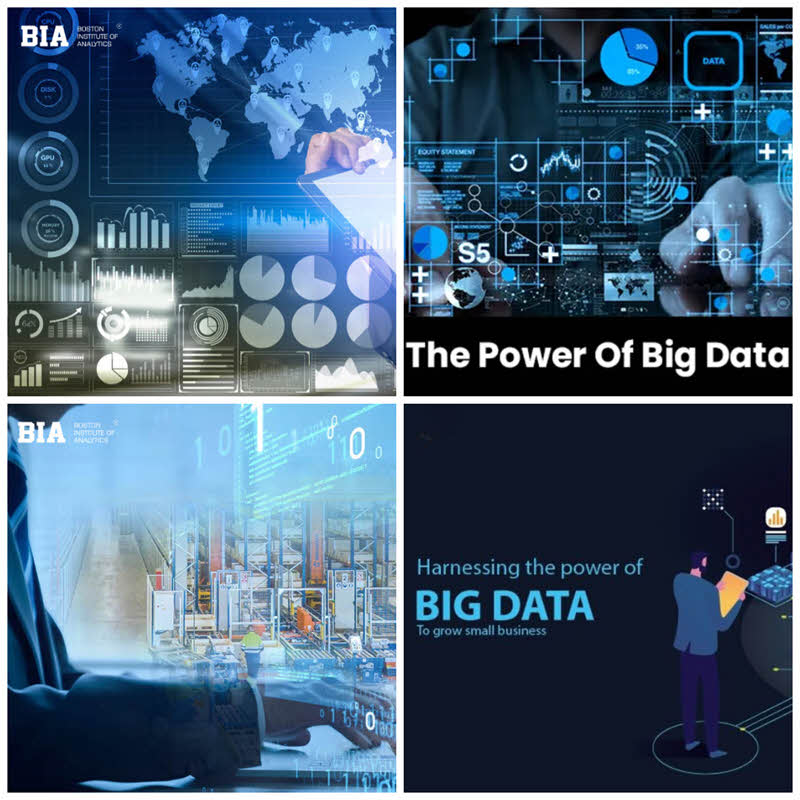
Big Data vs. Small Data: Which One Should You Choose for Your Business?
Last updated: August 18, 2025 Read in fullscreen view
- 01 May 2023
 Understanding Business as Usual (BAU) and How to Transition 22/843
Understanding Business as Usual (BAU) and How to Transition 22/843 - 28 Jul 2025
 Data Modernization for SMBs: Small Steps, Big Impact 9/115
Data Modernization for SMBs: Small Steps, Big Impact 9/115 - 02 Oct 2022
 The Real Factors Behind Bill Gates’ Success: Luck, Skills, or Connections? 8/300
The Real Factors Behind Bill Gates’ Success: Luck, Skills, or Connections? 8/300 - 05 Aug 2024
 Revisiting the Mistake That Halted Japan's Software Surge 6/322
Revisiting the Mistake That Halted Japan's Software Surge 6/322 - 14 Aug 2024
 From Steel to Software: The Reluctant Evolution of Japan's Tech Corporates 6/488
From Steel to Software: The Reluctant Evolution of Japan's Tech Corporates 6/488 - 20 Jan 2022
 TIGO Self-Organization Practice: Change Management Workflow 6/430
TIGO Self-Organization Practice: Change Management Workflow 6/430 - 16 Jun 2022
 Rapid Application Development (RAD): Pros and Cons 5/800
Rapid Application Development (RAD): Pros and Cons 5/800 - 01 Jan 2024
 The pros and cons of the Centralized Enterprise Automation Operating model 4/165
The pros and cons of the Centralized Enterprise Automation Operating model 4/165 - 03 May 2024
 The Iceberg of Ignorance 3/336
The Iceberg of Ignorance 3/336 - 20 Jan 2021
 Fail early, fail often, fail cheap, fail safe but always fail forward 3/688
Fail early, fail often, fail cheap, fail safe but always fail forward 3/688 - 11 Nov 2021
 What is an IT Self-service Portal? Why is it Important to Your Business? 2/364
What is an IT Self-service Portal? Why is it Important to Your Business? 2/364 - 02 Nov 2021
 [Case Study] Streamlined Data Reporting using Tableau 2/276
[Case Study] Streamlined Data Reporting using Tableau 2/276 - 02 Dec 2022
 Success Story: Satsuki - Sales Management Software, back office app for School Subscription Management 2/219
Success Story: Satsuki - Sales Management Software, back office app for School Subscription Management 2/219 - 08 Aug 2022
 Difference between Power BI and Datazen 2/297
Difference between Power BI and Datazen 2/297 - 17 Mar 2025
 Integrating Salesforce with Yardi: A Guide to Achieving Success in Real Estate Business 2/141
Integrating Salesforce with Yardi: A Guide to Achieving Success in Real Estate Business 2/141 - 04 Apr 2025
 To Act or Not to Act – A Manager’s Persistent Dilemma 1/62
To Act or Not to Act – A Manager’s Persistent Dilemma 1/62 - 03 Apr 2021
 How digital asset management streamlines your content workflow? 1/312
How digital asset management streamlines your content workflow? 1/312 - 09 Oct 2023
 Case Study: Amazon's Evolution in Retail 1/236
Case Study: Amazon's Evolution in Retail 1/236 - 13 Feb 2021
 Why is TIGOSOFT a software house for Enterprise Application Development? 1/336
Why is TIGOSOFT a software house for Enterprise Application Development? 1/336 - 21 Jun 2021
 6 Useful Tips To Streamline Business Processes and Workflows /515
6 Useful Tips To Streamline Business Processes and Workflows /515 - 03 Sep 2022
 The secret of software success: Simplicity is the ultimate sophistication /186
The secret of software success: Simplicity is the ultimate sophistication /186 - 06 Nov 2023
 How do you streamline requirement analysis and modeling? /184
How do you streamline requirement analysis and modeling? /184 - 15 Aug 2025
 Quantum Technology: Global Challenges and Opportunities for Innovators /56
Quantum Technology: Global Challenges and Opportunities for Innovators /56 - 05 Oct 2021
 Shiny Object Syndrome: Why Your Business Isn't "Going Digital" /303
Shiny Object Syndrome: Why Your Business Isn't "Going Digital" /303
Today's businesses are swimming in a sea of data. Data comes in all shapes and sizes, which brings up the question: should your business leverage big data or small data?
Understanding the differences of big data and small data and how and when to use each can be an important endeavour when making decisions that can affect your business, which is why we've created this guide to discuss the characteristics of big data and small data, the pros and cons of both, and how to determine if big data or small data is best for your unique situation, especially if you are planning on investing in a Big Data Course for your company.
Understanding Big Data: The Realm of Volume, Velocity, and Variety
As the term suggests, big data is data that is either so large or so complex that it is impossible for traditional data processing applications to deal with it adequately. Size isn't everything, though. As Gartner famously put it, big data comes from the "three Vs":
- Volume: This means a literally massive amount of data is created and/or collected. Just think about how much data is created through social media or e-commerce transactions, for example. Or how much is collected through sensor networks or how much data a website may have in terms of total site traffic. These amounts can be from terabytes, to petabytes, to exabytes.
- Velocity: This describes the rate at which data is raw is being generated and processed. Data streams that require real-time analysis or action may come from stock markets, IoT devices, defined as Internet of things, or online advertising.
- Variety: Big data may take many forms, including a structured, semi-structured or unstructured. Examples of structured data would be data in relational database. Some examples of semi-structured data would include an XML file or a JSON file. Examples of unstructured data could be text, image, audio or video.
Over time, the "three Vs" have often been expanded to include:
- Veracity: This relates to the correctness and reliability of the data. Because we are dealing with large volumes of data from many more sources, data quality and disparities become real challenges.
- Value: The real purpose of big data analytics is to find meaningful insights and provide business value. Simply collecting vast amounts of data is useless; the value lies in turning that data into actionable intelligence.
The Power of Big Data: Unlocking Deep Insights and Predictive Analytics
Leveraging big data offers numerous potential benefits for businesses:
- Deeper Customer Understanding: By analyzing large amounts of customer data, such as purchase history, online behaviour, social media engagements, and demographics, businesses can derive a complete picture of their customers. This enables them to personalize their marketing campaigns, customize product recommendations, and personalize their customer service.
- Enhanced Operational Efficiency: Big data analytics can identify bottlenecks, optimize supply chains, predict equipment failures, and allocate resources more optimally, which can save companies significant costs, as well as improve efficiency.
- Improved Decision-Making: Data analysis is evidenced-based, and informed by solid data analytics and analysis. Analysis of large datasets for trends and patterns provides businesses with the evidence to make more informed decisions on product development and/service notes, new market entrants, and risk assessments.
- Predictive Analytics and Forecasting: Big data enables the development of sophisticated predictive models that can forecast future trends, anticipate customer behaviour, and identify potential risks and opportunities. This can provide a significant competitive advantage.
- Innovation and New Product Development: Big data analysis can also demonstrate previously unknown or unmet customer needs and identify new trends, resulting in new product and service concepts, alternatives, and offerings.
The Challenges of Big Data Implementation
While the possible of big data is huge, implementing an efficacious big data policy also comes with significant challenges:
- Infrastructure and Technology: In order to store, process, and analyze massive datasets, it is essential to have a robust, scalable, infrastructure of hardware, software, and/or cloud computing technology. This technology can entail considerable upfront and ongoing expenditures. Therefore, it is important that your team has the skills to manage these types of technologies properly and effectively. A Big Data Course can provide your team with these essential skills.
- Data Management and Governance: For a proper analysis of big data, we will also require skilled data scientists, data engineers, and analysts with the appropriate skills in statistical modeling, machine learning, data mining, and big data technologies. Finding and keeping these kinds of talent can be a challenge. A comprehensive Big Data Course can help you bridge this skill set gap.
- Talent Acquisition and Skills Gap: The process of analyzing big data is complicated. However, it is obvious that we cannot do it without talented data scientists, data engineers, and data analysts that understand statistical modeling, machine learning, data mining, and big data technologies. Finding and keeping talented team members is not easy. Having your team participate in a complete Big Data Course might supplement this skill gap.
- Data Integration: Collecting and compiling data from different sources and moving it into a single platform for analysis can be daunting from a technical point and consume a lot of time.
- Privacy and Security Concerns: Starting an initiative to manage large sets of sensitive customer data opens a magnitude of privacy and security concerns for the business. You need to be compliant with data protection regulation and put in place security measures.
Understanding Small Data: The Power of Focus and Accessibility
Small data, in contrast to big data, describes small manageable data sets that often are structured and analyzed with traditional data tools like spreadsheets and relational databases. Small data is often focused on specific business questions, used for immediate operational purposes.
Key characteristics of small data include:
- Volume: Smaller datasets, classically reaching from megabytes to gigabytes.
- Velocity: Data may be produced and studied less frequently, often in batches or at unvarying intervals.
- Variety: Primarily controlled data, often from interior sources like CRM systems, sales histories, and customer surveys.
The Strengths of Small Data: Agility and Immediate Insights
Notwithstanding its smaller scale, small data offers appreciated advantages for businesses:
- Ease of Understanding and Analysis: Small datasets are generally easier to comprehend, visualize, and analyze, even when utilizing basic analytical tools. This also makes it available to a greater number of employees.
- Faster Insights and Actionability: Small data analysis is often otherwise a quick and actionable process that generates immediate and helpful conclusions to either accept, reject, or evaluate a decision or solution.
- Lower Infrastructure and Cost Requirements: Small data analysis typically does not need the costly and complicated infrastructure of big data analysis.
- Direct Relevance to Specific Problems: Small data focus on answering specific business questions or building solutions to challenges; and tend to create more relevant conclusions and insights with an existing small data project.
- Improved Data Quality Control: When startling with smaller datasets, you are more likely to accurately and consistently keep data accurate.
The Limitations of Small Data: A Narrower Perspective
While valuable, small data also has its limitations:
- Limited Scope and Generalizability: Findings based on small data may not represent larger trends or customer segments.
- Difficulty in Identifying Complex Patterns: Small data may lack enough complexity or information to identify relationships to a sufficient level of accuracy for predicting future outcomes.
- Lack of Context: Small datasets may not provide the necessary perspective gained from larger and more varied datasets, leading to insufficient and inaccurate finding.
- Limited Predictive Power: Small data is not as effective for building complex predictive models.
- Inability to Address Certain Business Questions: Some business questions, like examining mass market trends or creating personalized experiences for millions of customers, are better addressed with the scope and breadth of big data.
Choosing the Right Approach: A Strategic Decision
When deciding between big data and small data, it's not always a choice between the two. The best course of action is often context-dependent and determined by many of your organization-specific variables:
- Business Goals and Objectives: What is the goal of your project? Are you looking for broad insights on the market and potential opportunities, narrowly hedging your targets to create personalized experiences, or are you looking to create value by improving specific processes that support business operations?
- Available Resources and Budget: What capability to invest in infrastructure, technology, and talent do you have?
- Data Maturity and Infrastructure: What is your imagination on current data infrastructure and analytics capabilities?
- Industry and Competitive Landscape: What do your competitors do? Are there industry data standards or regulations that are germane to your situation?
- Specific Business Problems: Are you looking to alleviate a specific issue that can be resolved relying on a focused dataset, or do you need to understand broader contextual interactions?
When to Choose Big Data:
- You need to analyze massive amounts of data from diverse sources.
- You want to identify complex patterns and trends that are not apparent in smaller datasets.
- You need to develop sophisticated predictive models for forecasting and risk management.
- You aim to gain a comprehensive understanding of customer behaviour and personalize experiences at scale.
- You are looking for innovative opportunities and the development of new data-driven products or services.
When to Choose Small Data:
- You have specific business questions that can be answered with focused datasets.
- You need quick and actionable insights for immediate decision-making.
- You have limited resources and require a cost-effective analytical approach.
- You are focusing on improving specific operational processes or customer interactions.
A Hybrid Approach: The Best of Both Worlds
Often, the best approach is to use a hybrid approach that incorporates both big data and small data. Big data provides a big picture context to help you establish coverage and common trends, whereas small data will give you perspective in particular areas and encourage agility.
For example, a business can use big data to infer the high-level groupings of customer segments and subsequently apply its understanding of small data (through some specific surveys) to understand these customer segments in more detail. Additionally, the insights gained through small data analysis may ultimately help shape the questions and hypotheses that are structured for big data.
Final Thoughts: Embracing a Data-Driven Culture
Ultimately, the decision about using big data versus small data is not a black and white issue. The decision is based on your context; your business objectives, limited resources, and the questions you are trying to answer will ultimately determine your path. Big data can provide significantly more insight and predictive capabilities by analyzing large-scale datasets.
Small data can be more agile and actionable based on analyzing smaller, consumable pieces of information. There is no doubt that more companies are using a hybrid approach - convening these two forms strategically, as they both have unique benefits - the most helpful way for companies to have optimal data processing capabilities to take full advantage of their assets.
Whichever method you decide to pursue, creating a data-driven culture using data in your organization and developing the expertise to do so - possibly through an entire Big Data Course is urgent if we take into consideration the expansive elements of the data landscape and sustainable success going forward. The essential aspect is to understand what each data form gets you and how to leverage them successfully for your own business objectives.








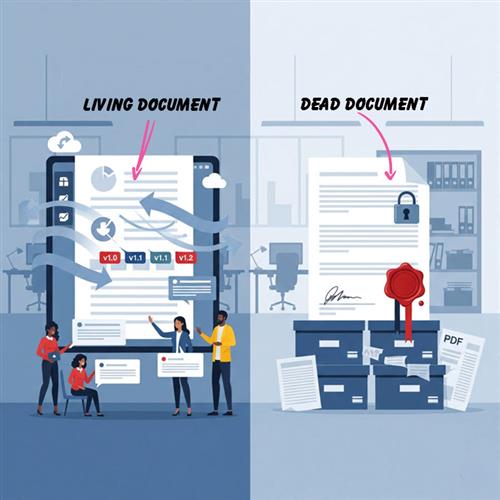

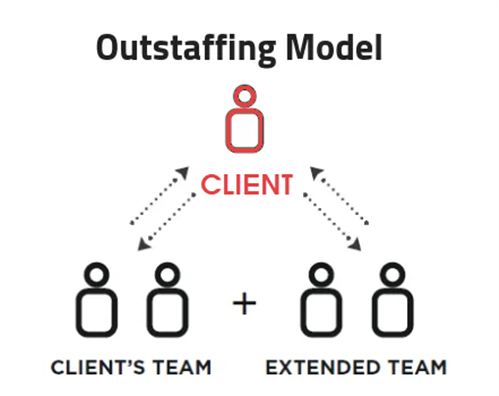

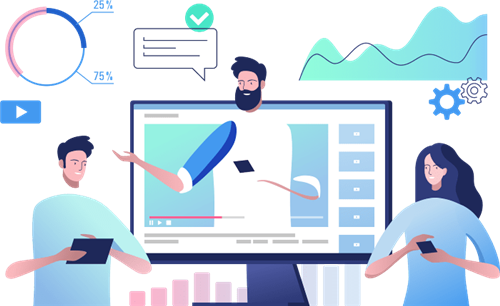
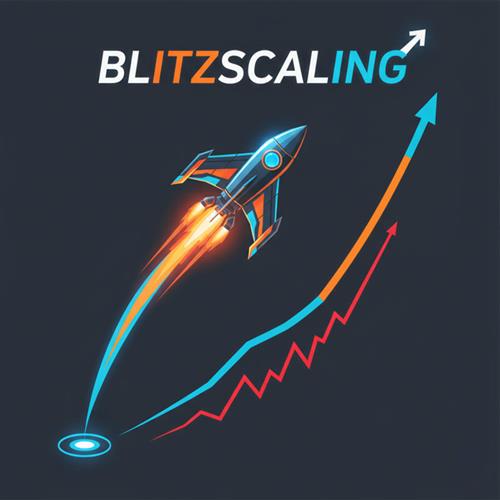


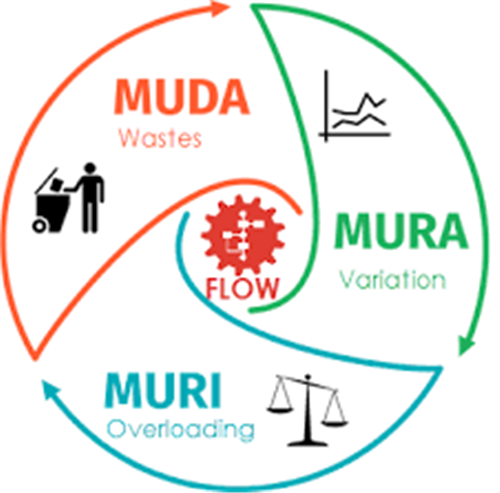

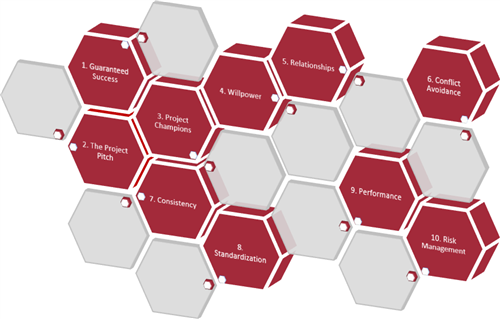

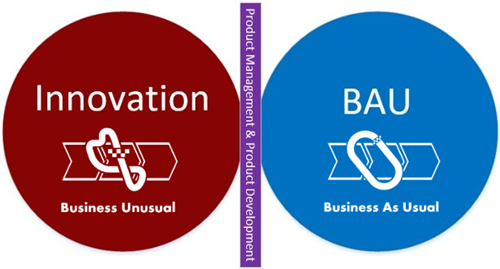

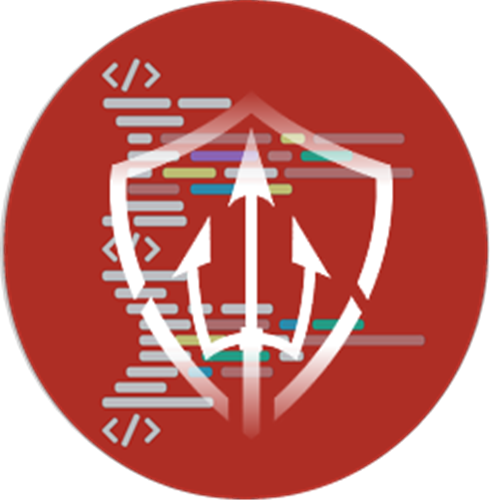
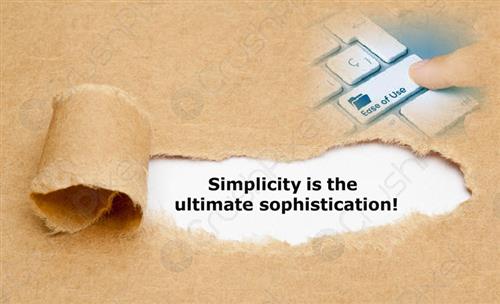
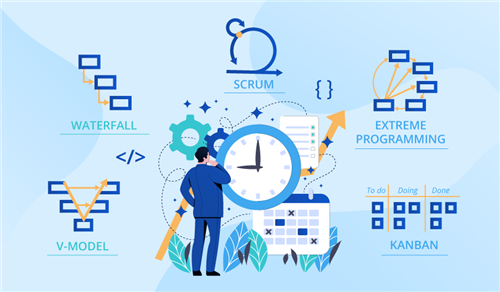









 Link copied!
Link copied!
 Recently Updated News
Recently Updated News